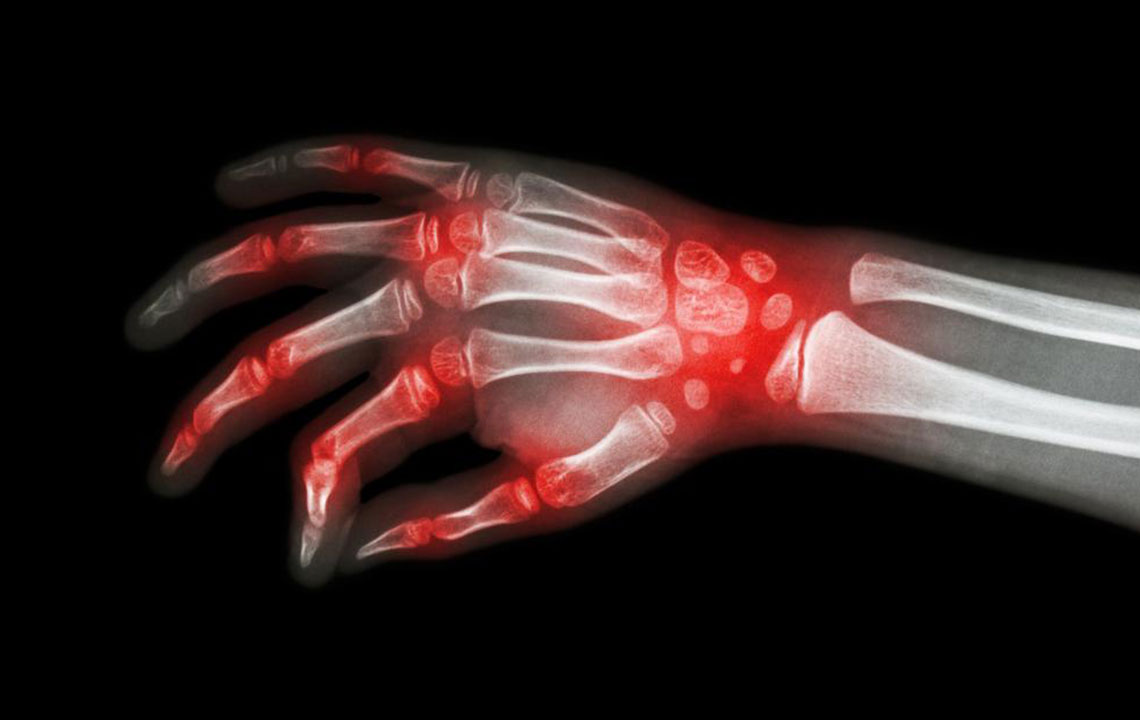Most common symptoms of Lupus
Lupus is an autoimmune disease and has frequent flare ups and has alternating remissions. This is a common feature of all autoimmune diseases. Autoimmune is a condition of over activity of the immune system and they in their hyperactivity stats attacking the patient’s body itself. The initial symptoms mimic those of many common diseases. Catching the onset of lupus very early on improves the prognosis greatly. One can expect an active life to the normal span, of course, with constant medical monitoring and necessary timely treatment.

It is essential to recognize the very initial symptoms. Almost 90% of patients have experienced recurring spells of fatigue which shows alternating flaring up and subsiding is to be taken seriously.
Another common initial symptom to be weary of is recurring low grade fever of 98.5 to 101 degree F which has the characteristic ‘on-again off-again’ and has no discernible reasons.
Another early symptom is a characteristic thinning of hair and losing of hair. Hair becomes thin, brittle, rough and fall off. This is not necessarily confined to head. The appearance of the hair is peculiar enough to earn the name ‘lupus hair’.
A non-itching red eruption shaped like a butterfly spreading over the ridge of the nose and spreading on both the cheeks. Such patches can appear on any part of the body.
Systemic lupus erythematosus is a very virulent form and can attacks any of the organs in the body and cause serious ailments. When it attacks kidneys, it causes an inflammation called Nephritis and kidneys find it difficult to filter toxins from the blood. Attack on kidneys starts within 5 years. Symptoms normally exhibited are:
- Swelling in lower legs and feet
- High blood pressure
- Darker urine, sometimes with the presence of blood
- Pain in the sides
Untreated lupus could lead to end stage renal disease. Monitoring kidney function is essential. Lupus can attack lungs. The inflammation that results can affect the blood vessels also. Damaged cause to the lung and the blood vessels leads to decrease in the size of the lung. The diaphragm pushes up into the chest and makes breathing difficult. Breathing becomes painful and the body experiences lack of oxygen in the blood. The whole complex of symptoms is called the vanishing lung syndrome.
The litany of complaints grows as other organs get affected. It is some relief that all the symptoms may not occur in the same patient.




